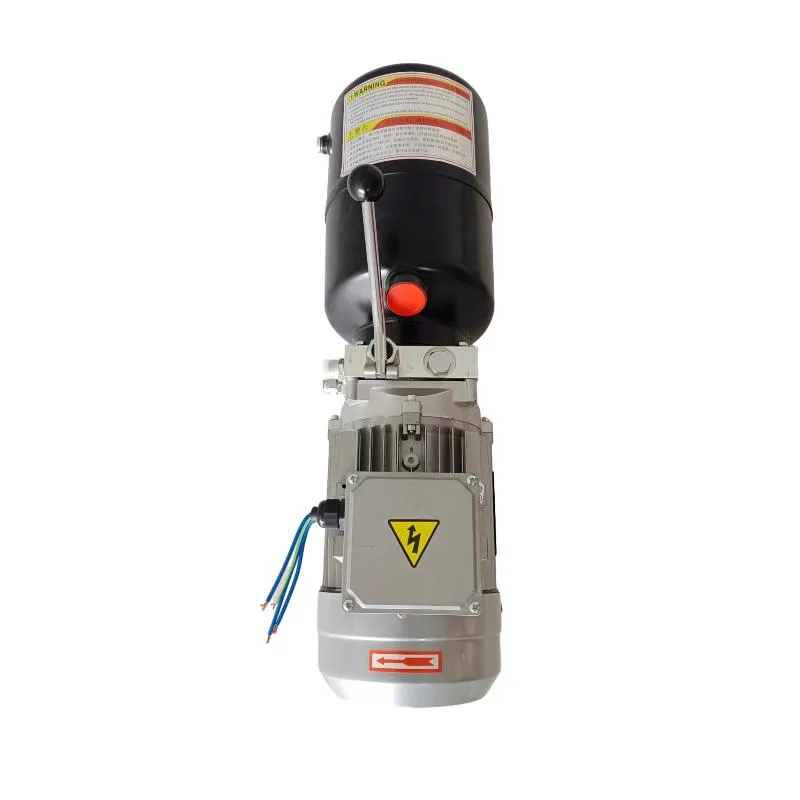Dec . 10, 2024 20:20 Back to list
Hydraulic Cylinder Wear Ring Solutions for Enhanced Performance and Durability
The Importance of Wear Rings in Hydraulic Cylinders
Hydraulic cylinders are critical components in various industrial applications, ranging from construction machinery to manufacturing equipment. One essential aspect of a hydraulic cylinder's performance and longevity is the use of wear rings. These rings play a crucial role in maintaining the cylinder's efficiency and durability by minimizing wear and tear on its internal components.
What are Wear Rings?
Wear rings, sometimes referred to as guiding rings or wear strips, are typically made from high-performance materials designed to withstand the harsh operating conditions found within hydraulic systems. Their primary function is to support the piston and rod within the cylinder, ensuring they remain aligned and reducing friction during movement. By minimizing direct metal-to-metal contact, wear rings help extend the lifespan of the cylinder and improve overall performance.
Why Use Wear Rings?
1. Alignment and Stability One of the primary roles of wear rings is to maintain the alignment of the piston and rod. Misalignment can lead to uneven wear, increased friction, and ultimately, premature failure of the hydraulic cylinder. By providing a stable guiding surface, wear rings ensure that the components operate smoothly and efficiently.
2. Reduced Friction The materials used for wear rings are chosen for their low friction properties. This is critical in hydraulic systems, where friction can lead to energy loss and decreased efficiency. By minimizing friction, wear rings not only improve the performance of the hydraulic cylinder but also help in reducing the overall energy consumption of the machinery.
wear ring hydraulic cylinder company

3. Extended Component Life By acting as a buffer between the moving parts, wear rings significantly reduce the direct impact of wear on the cylinder walls and piston. This leads to a longer life for the entire hydraulic system, saving companies money on repairs and replacements. A well-maintained hydraulic cylinder with effective wear rings can operate efficiently for many years.
4. Cost-Effectiveness While there may be an initial investment involved in the use of wear rings, the long-term savings far outweigh these costs. With reduced maintenance requirements and less frequent replacements of hydraulic components, businesses can significantly lower their operational expenses.
Choosing the Right Wear Rings
Selecting the appropriate wear rings for a hydraulic cylinder requires careful consideration of various factors, including the operating environment, the type of fluid used, and the expected load conditions. Different materials, such as plastics or composite materials, may be utilized based on these factors. Additionally, the design of the wear rings should be compatible with the specific dimensions and requirements of the hydraulic cylinder to ensure optimal performance.
Conclusion
In summary, wear rings are a vital component in hydraulic cylinders, providing stability, reducing friction, and extending the life of the system. Companies that prioritize the use of wear rings benefit from enhanced performance and lower maintenance costs, making their operations more efficient and cost-effective. As industries continue to evolve and demand higher efficiency from machinery, the importance of wear rings in hydraulic systems will only grow. Investing in quality wear rings from reputable suppliers can lead to significant advantages, ensuring that hydraulic cylinders operate at their best for years to come.
-
Fork Lift Power Units - Hebei Shenghan | Efficiency, Reliability
NewsJul.13,2025
-
1.5-Ton Turbocharged Cylinder-Hebei Shenghan|Hydraulic Solution,Energy Efficiency
NewsJul.13,2025
-
Auto Hoist Power Units-Hebei Shenghan|Efficiency&Industrial Lifting
NewsJul.13,2025
-
Double Acting Power Units-Hebei Shenghan|Hydraulic Solutions,Industrial Efficiency
NewsJul.13,2025
-
1.5 Ton Lifting Cylinder 70/82-40-290-535 - High-Performance Hydraulic Solution | Hebei Shenghan
NewsJul.13,2025
-
Fork Lift Power Units - Hebei Shenghan | Efficiency&Reliability
NewsJul.13,2025
